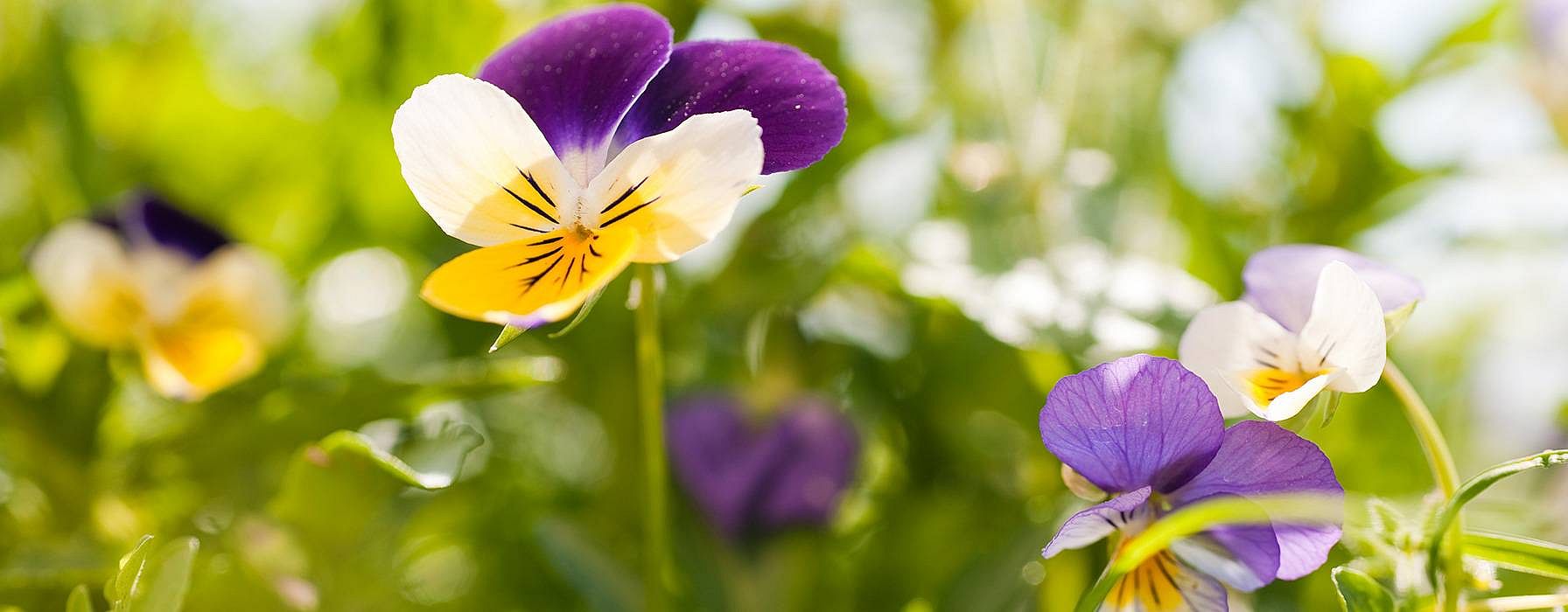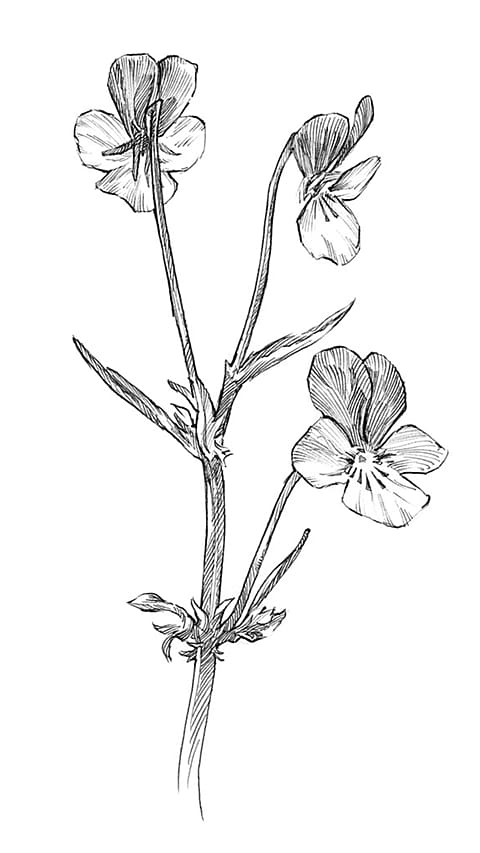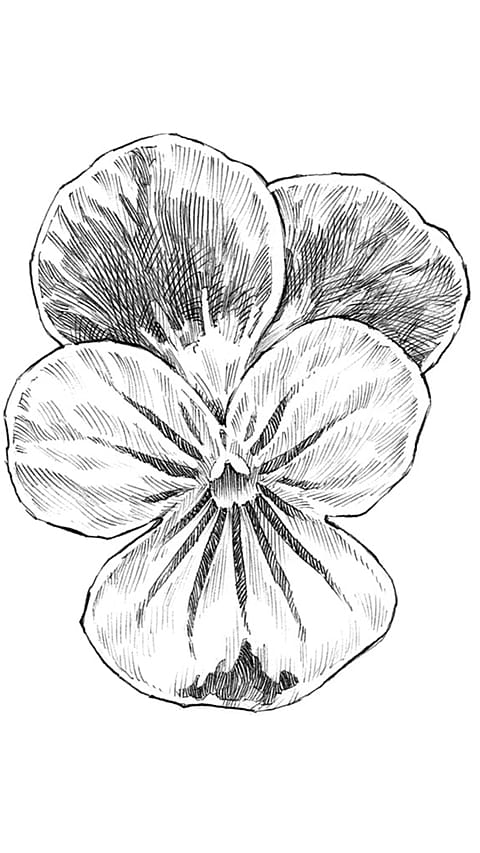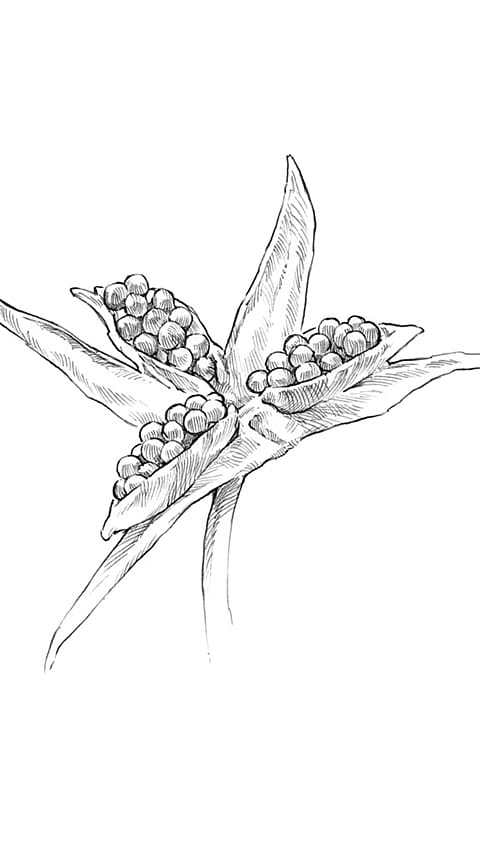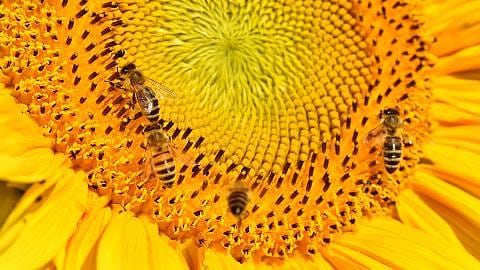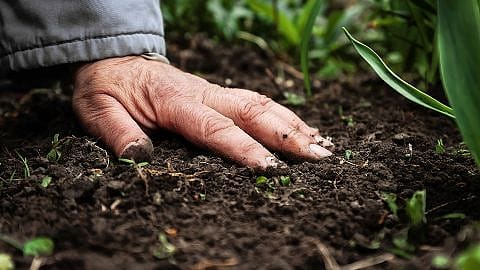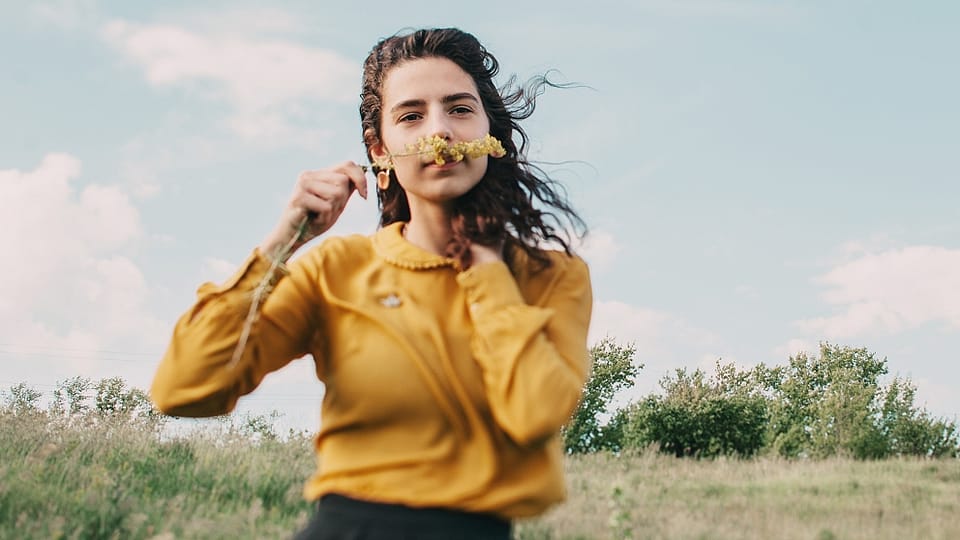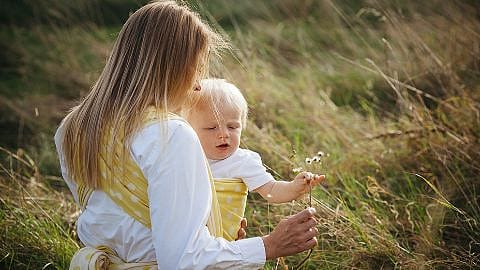Botanical Profile: Pansy
Pansy is one of the most beautiful wildflowers. It can be found growing preferably in the sun or semi-shade, in dry meadows, fields and along the roadside. The blossom shows three different colours and a pattern of lines radiating from the centre.
Distribution
Pansy (Viola tricolor) is one of the most beautiful wildflowers. A member of the Violaceae (violet) family, it can be found growing throughout most of Europe, preferably in the sun or semi-shade, in dry meadows, fields and along the roadside. It is a relatively small plant, with an average height of 15 to 30 centimetres.
Leaves
The lower leaves are hairless and round or heart-shaped. Further up the stem, the leaves are more oblong. The stems grow erect and are mostly branched.
Flowers
The flowers are lateral growing, and each flower “face” has five petals. What makes this plant special are its three different colours (hence the name “tricolor”) in different variations. The lower petal is often yellow, the two in the middle often white and the two upper ones often dark purple. Dark lines radiate from the centre of the blossom in an expressive pattern.
Seeds
After the seeds ripen, the seedpod splits open, presenting the seeds as if in bowls.
Use
Flowering pansy herb is used externally to treat mild seborrheic skin diseases such as dandruff, itching, cradle cap and acne. Pansy is used for skin disorders that come from within. In traditional medicine, the plant is thought to be able to purify the blood or stimulate the metabolism.
